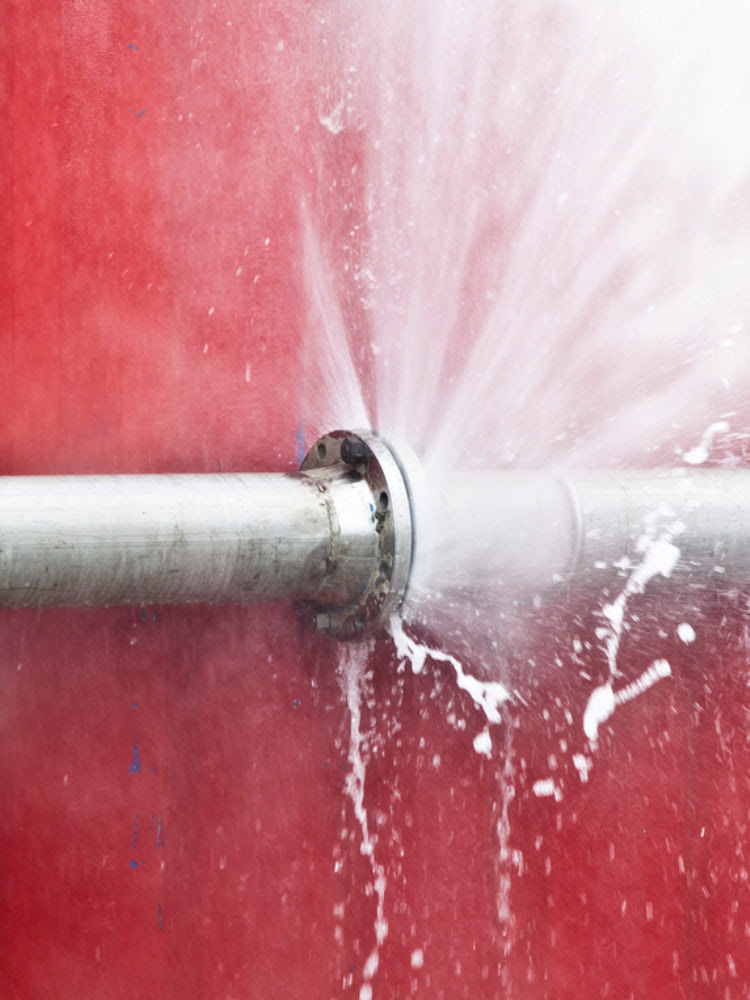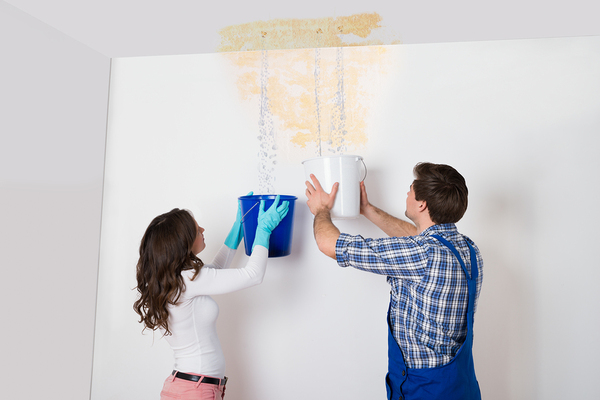The Residential Common Frequent Leak Triggers: Investigation
The Residential Common Frequent Leak Triggers: Investigation
Blog Article
This great article below about Top Causes of Home Water Leaks is exceedingly fascinating. You should keep reading.

Leakages not only trigger waste of water but can additionally create unnecessary damages to your home and also promote unwanted natural growth. Unfortunately, water leakages could go unnoticed considering that most of the pipework in our home is concealed. By comprehending and also looking for everyday scenarios that create leakages, you can safeguard your home from future leakages and also unneeded damages. Today, we will certainly look at six leak causes that might be creating your pipelines to leak.
Instant temperature modifications.
Severe temperature adjustments in our pipes can trigger them to expand and also contract all of a sudden. This expansion and contraction may cause cracks in the pipelines, particularly if the temperature level are listed below cold.
Corroded water systems
This might be the cause of discoloration or bending on your water pipelines. If our plumbing system is old, consider changing the pipes given that they are at a higher threat of corrosion than the newer designs.
Defective Pipe Joints
The factor at which your pipes connect is often the weakest link in the waterline. Pipeline joints can deteriorate with time, leading to water leakages. Sadly, most of pipeline joints are not conveniently noticeable. If you have loud pipes that make ticking or banging sounds, specifically when the hot water is switched on, your pipeline joints are most likely under a great deal of stress. It is suggested to have your plumber examine your system yearly.
Trespassing origins
A lot of water leaks start outside your house as opposed to inside it. If you notice an unexpected reduction in water stress, state in your faucet, take some time to head out and examine your lawn. You may notice wet patches or sinkholes in your lawn, and that could suggest that tree roots are invading water lines creating water to leak out. You can have your plumber look for intrusion, particularly if you have trees or hedges near your property.
Poor Water Connectors
At times, a leakage can be triggered by loose hoses as well as pipelines that provide your home appliances. In instance of a water connections leak, you may discover water running straight from the supply line or puddles around your appliances.
Clogged Drains
Blocked drains might be irritating and also inconveniencing, but they can often end up creating an overflow resulting in burst pipes. Maintain eliminating any kind of materials that may drop your drains pipes that could block them to avoid such hassles.
All the above are root causes of leakages however not all water leakages result from plumbing leakages; some leaks could originate from roof leakages. All leakages should be repaired promptly to avoid water damage.
Leaks not just cause waste of water but can additionally trigger unnecessary damage to your house as well as promote undesirable organic growth. By understanding and also looking for day-to-day scenarios that trigger leakages, you can safeguard your residence from future leakages and unnecessary damage. Today, we will look at six leakage creates that may be causing your pipes to drip.
At times, a leak can be triggered by loosened tubes and pipelines that supply your appliances. In instance of a water connections leakage, you might discover water running straight from the supply line or puddles around your appliances.
How To Check For Water Leak In Your Home
How To Check for Leaks
The average household's leaks can account for nearly 10,000 gallons of water wasted every year and ten percent of homes have leaks that waste 90 gallons or more per day. Common types of leaks found in the home are worn toilet flappers, dripping faucets, and other leaking valves. These types of leaks are often easy to fix, requiring only a few tools and hardware that can pay for themselves in water savings. Fixing easily corrected household water leaks can save homeowners about 10 percent on their water bills.
To check for leaks in your home, you first need to determine whether you're wasting water and then identify the source of the leak. Here are some tips for finding leaks:
Take a look at your water usage during a colder month, such as January or February. If a family of four exceeds 12,000 gallons per month, there are serious leaks.
Check your water meter before and after a two-hour period when no water is being used. If the meter changes at all, you probably have a leak.
Identify toilet leaks by placing a drop of food coloring in the toilet tank. If any color shows up in the bowl after 10 minutes, you have a leak. (Be sure to flush immediately after the experiment to avoid staining the tank.)
Examine faucet gaskets and pipe fittings for any water on the outside of the pipe to check for surface leaks.
Undetected water leaks can happen without the home or business owner even realizing. If you suspect a water leak, but not able to find the source. It is time to contact a professional water leak detection service, The Leak Doctor.
How To Find a Water Leak In Your Home
https://www.leakdoctor.com/blog/How-To-Check-For-Water-Leak-In-Your-Home_AE197.html

As a keen person who reads about Common Water Leaks In House, I figured sharing that piece of content was smart. Feel free to take the time to share this blog entry if you liked it. Thanks a lot for your time. Please check up our site back soon.
Connect for quality. Report this page